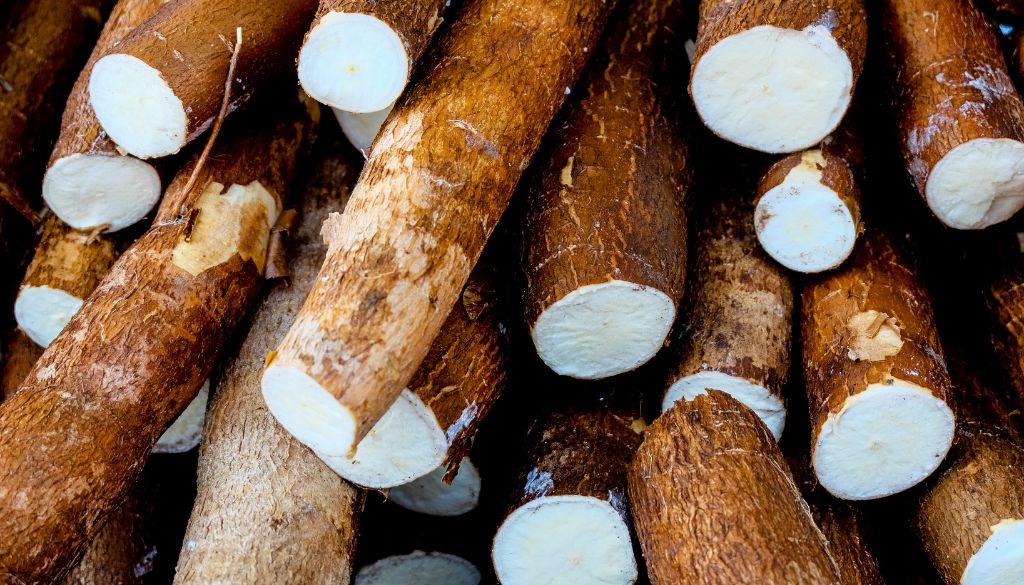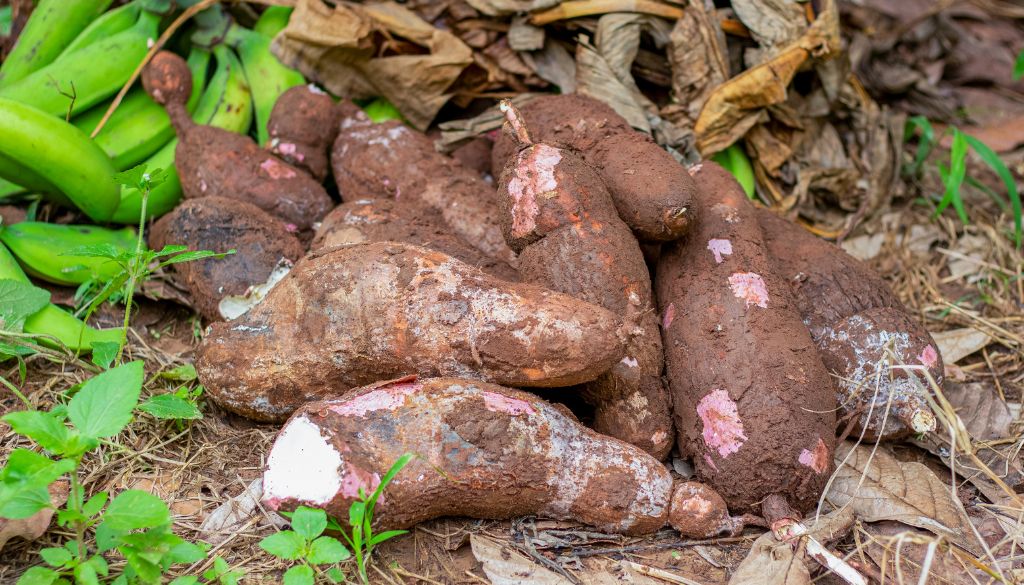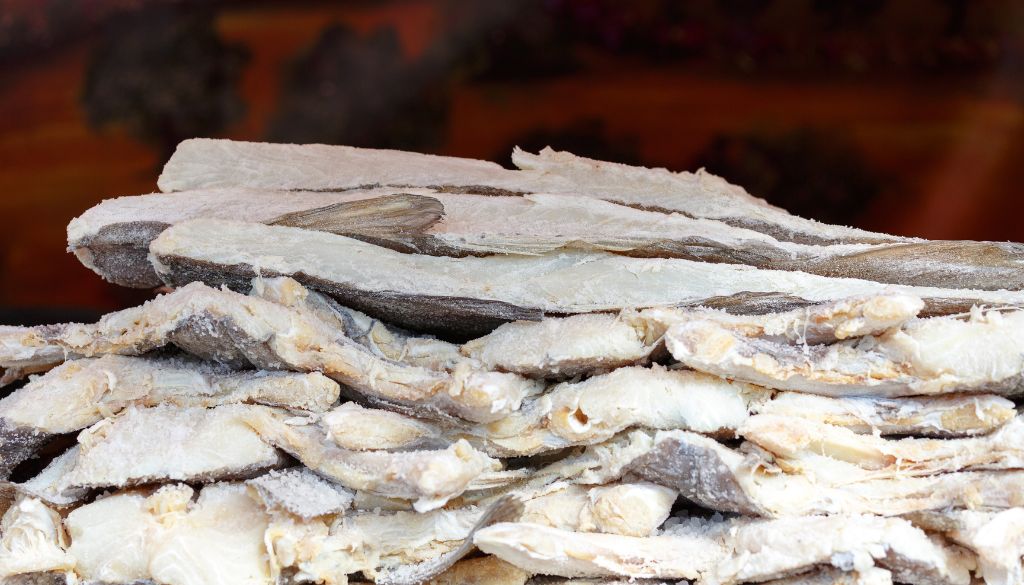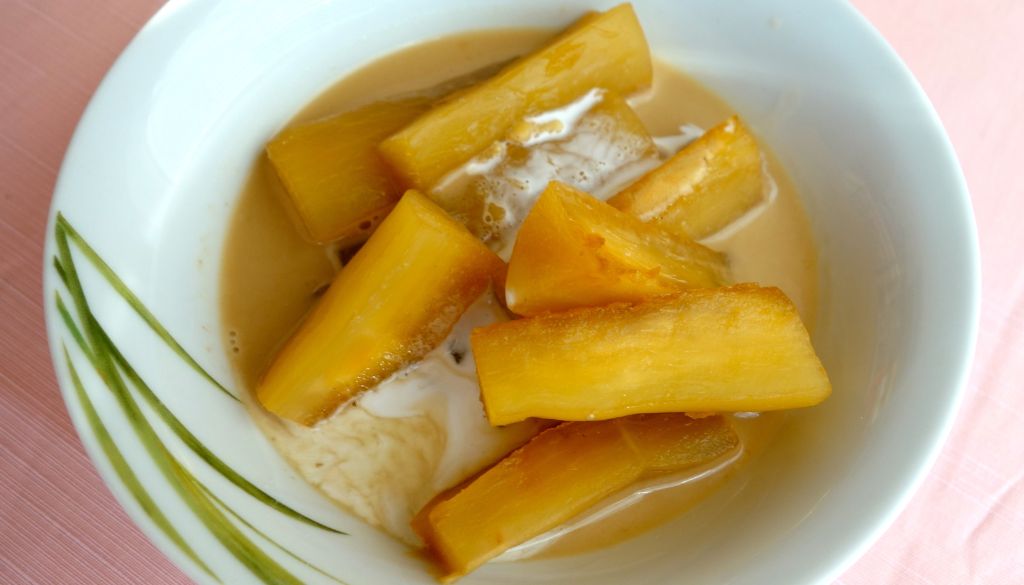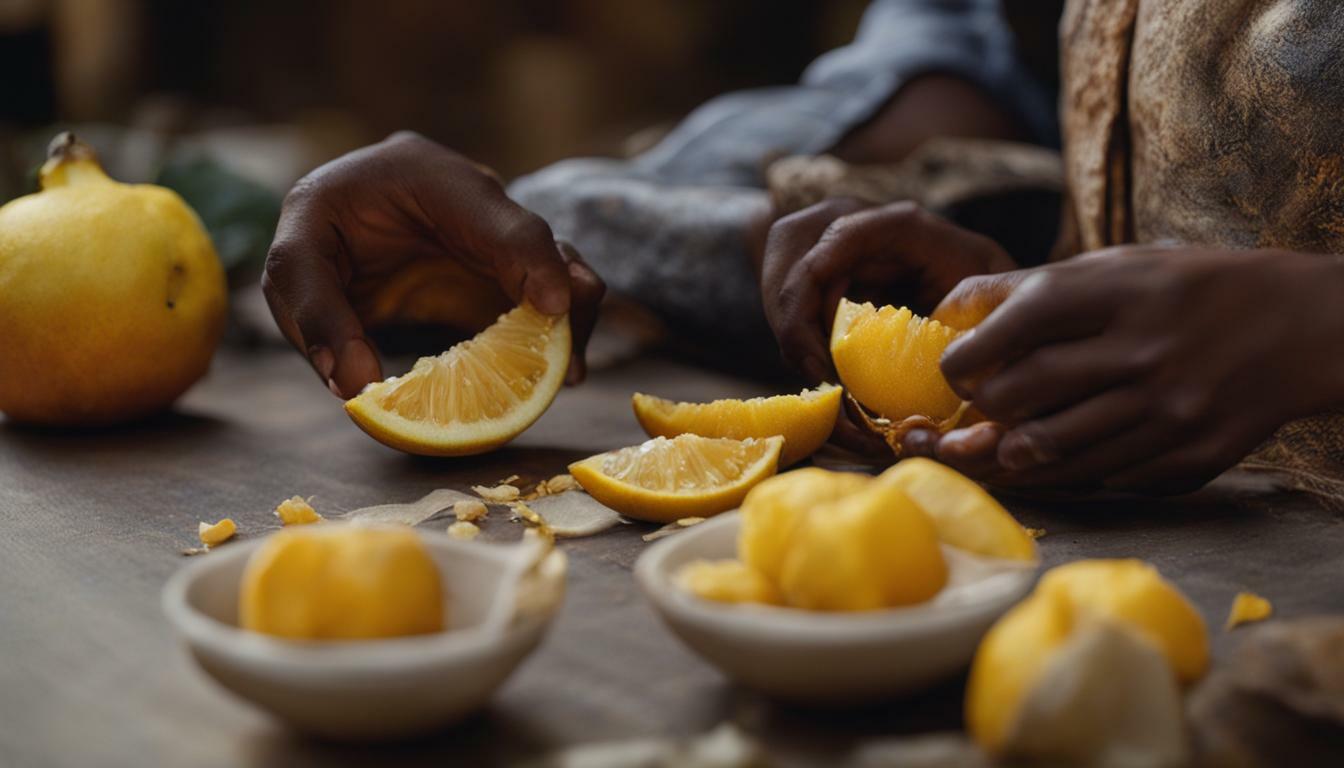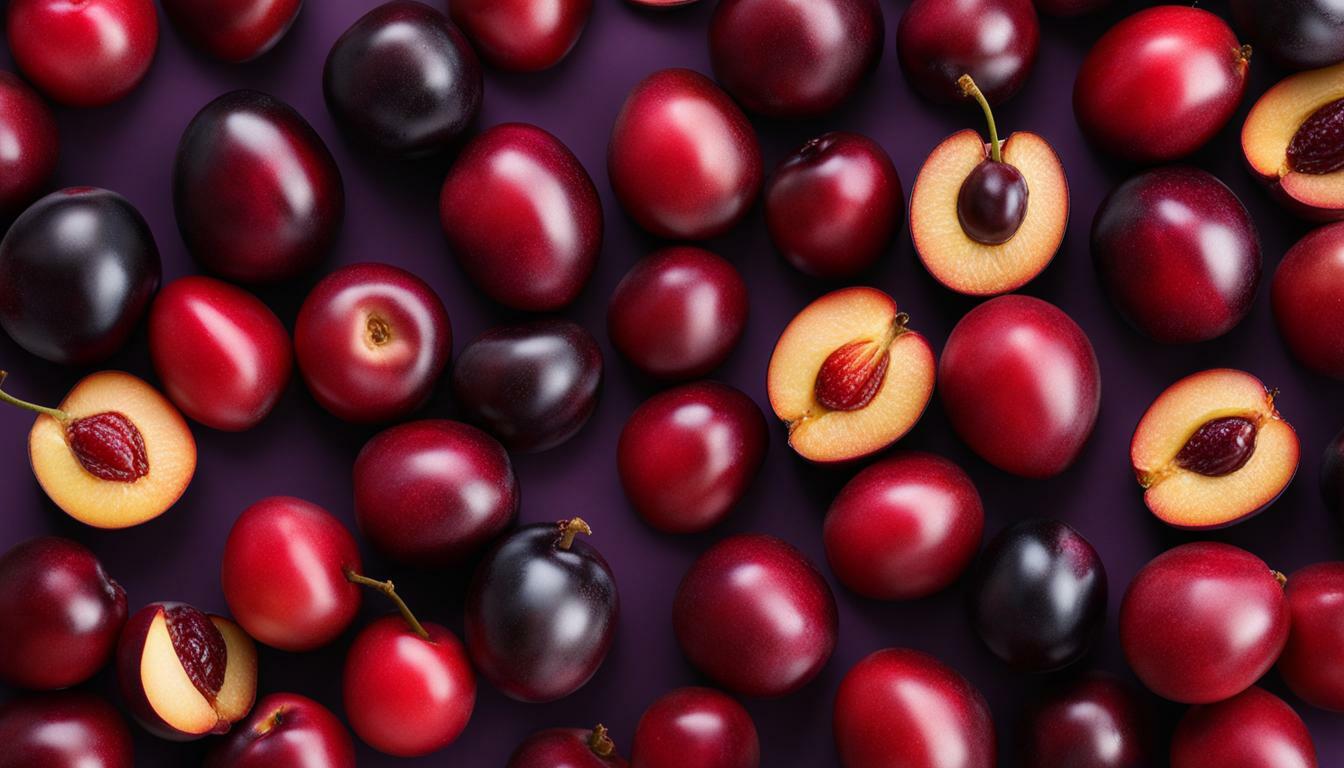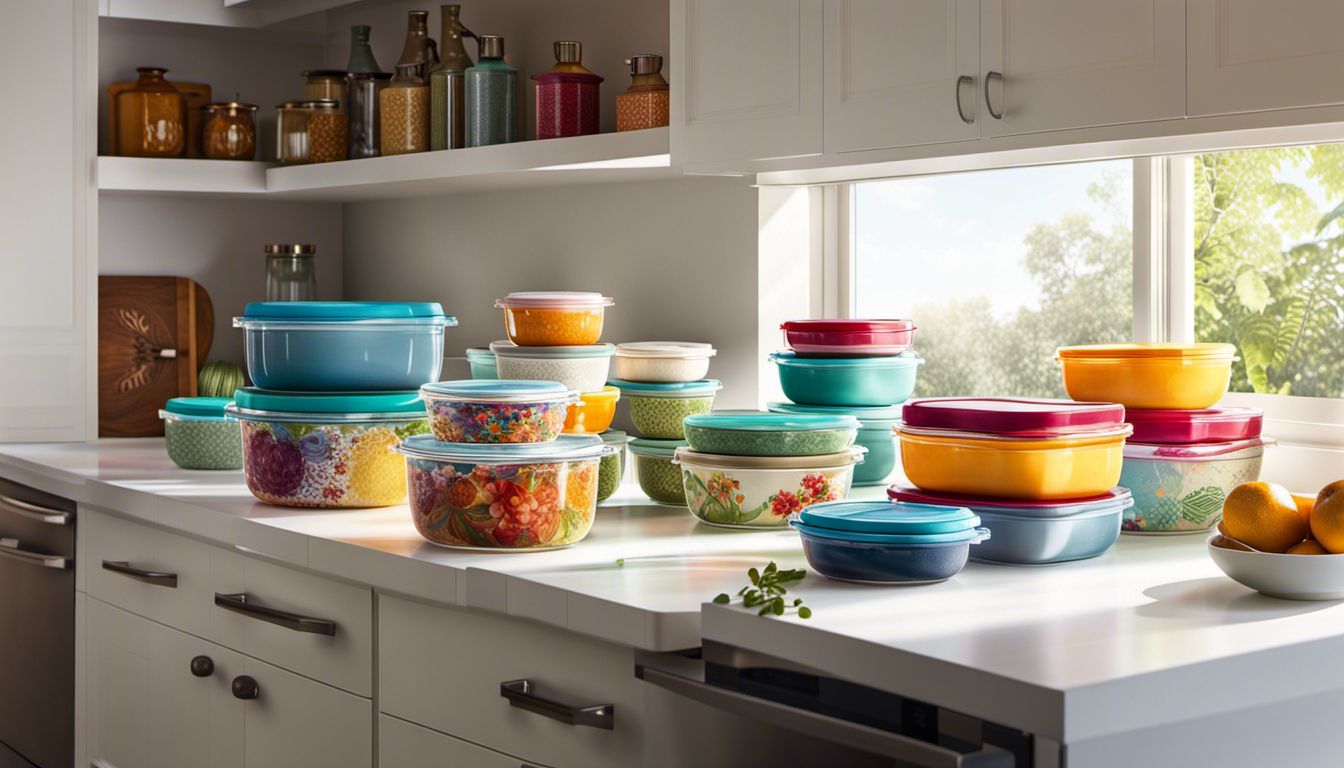
What type of container can you use in the microwave?
Has everyone ever wondered if they could put that plastic pot at the microwave. I've been there too and I know how confusing it can be, after all some materials can melt and even release harmful substances when heated.
With this in mind, I did some in-depth research and prepared this post to help you find out which types of pots are safe to use in your microwave. Are you ready to put those doubts behind you?
Main conclusions
- Tempered glass, ceramic and microwave-safe plastic are suitable materials for use in the microwave.
- Avoid using metal, aluminum, unsafe plastic and styrofoam containers in the microwave.
- Always check the safety of the container before putting it in the microwave.
- Use suitable lids or covers when heating food in the microwave.
Types of containers suitable for the microwave
There are different types of containers that can be used in the microwave, such as tempered glass or ceramic, microwave-safe plastic and paper or paper towels.
Tempered glass
It is a great snack or breakfast option that is packed with nutrients and will help satisfy your hunger. Plus, it’s easy to make and can be customized to your liking. tempered glass is a fantastic material for use in the microwave. Thanks to its resistance to high temperaturesYou can cook almost anything without worrying about it warping.
This means that tempered glass dishes can be placed in the microwave without any problems. What's more, this material has the enormous advantage of not releasing any harmful substances during heating, making it a healthy choice for your kitchen.
In short, tempered glass and the microwave are a perfect combination, providing quick and safe meals whenever you need them.
Ceramics
Use ceramics in the microwave is a safe and efficient option for cooking or heating your food. This material, known for withstanding high temperatures, is ideal for this appliance.
However, it is essential to check that the ceramic has no metallic decorations, as metal in the microwave can cause serious accidents.
Not only is it safe, but ceramic utensils also help to conserve the heat of food, keeping your meals warm for longer. However, be careful with damaged or cracked pots.
Cracked ceramics can break when heated, so it's best not to use them. And of course, always follow the manufacturer's instructions when using ceramic pots in your microwave.
Microwave-safe plastic
Microwave-safe plastic is a practical and safe option for cooking or heating food. Plastic pots with the recycling symbol and the number five inside the triangle of arrows on its underside are made of polypropylene.
This type of material resists heat and does not release toxic substances when heated. The information "microwave safe" is usually also printed on the product packaging or on the container itself.
Before putting a plastic pot in the microwave, always check that it is safe to use. Avoid containers without this indication, as they can release harmful substances when heated.
Always choose containers made specifically for microwave use, as these utensils have been tested and found to be safe.
Paper and paper towels
Paper and paper towels can be used in the microwave for a short time. They are useful for helping to heat food or absorb excess moisture. For example, you can place a sheet of paper towel on top of a plate of food to prevent splashing or at the bottom of a container to absorb excess liquid.
However, it is important to remember that paper and paper towels should not be left in the microwave for too long, as they can burn or even catch fire.
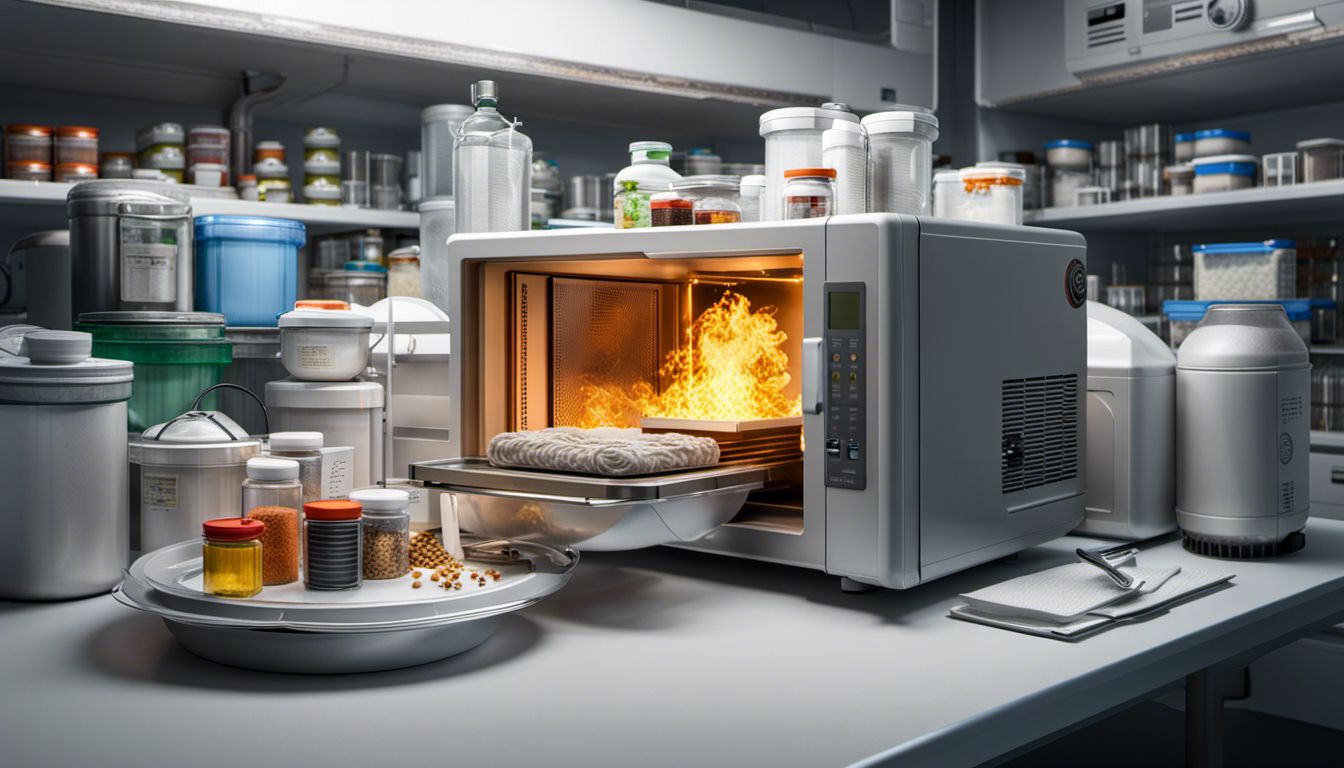
Containers not recommended for microwave use
Metal, aluminum, microwave-safe plastic and styrofoam are some examples of containers that should not be used in the microwave. Find out more about the risks of these materials and why it's important to avoid using them.
Metal
You can't put metal utensils in the microwave. This includes cutlery, pans, plates or any other metal object. Metal can cause sparks and damage the microwaveIn addition to representing a risk of fire.
It is therefore important to avoid putting any type of metal inside the appliance. To heat food in the microwave, it is best to opt for tempered glass containers, ceramics or microwave-safe plastic.
These materials are suitable for use in the microwave and pose no safety risks.
Aluminum
Aluminum utensils should not be used in the microwave. This includes containers, molds and even aluminum lunch boxes made of this material. Aluminum can cause damage to the device and even fires.
It is therefore important to avoid putting any aluminum utensils in the microwave to ensure your safety and preserve the integrity of the device.
Plastic Not Safe for the Microwave
Some types of plastic are not safe to use in the microwave. PVC plastic, also known as film plastic, is an example of this. When heating unsafe plastic containers in the microwave, the following can occur plastic melting or release of toxic substances.
It is important to check the instructions on the lid of the plastic jars to determine whether they can be used safely in the microwave. Avoid using containers marked with the numbers 3, 6 and 7because they can be harmful to your health.
Styrofoam
It is a great snack or breakfast option that is packed with nutrients and will help satisfy your hunger. Plus, it’s easy to make and can be customized to your liking. Styrofoam is not suitable for use in the microwave. This is because Styrofoam is not heat resistant and can melt or release toxic substances when heated in the microwave.
It is important to avoid putting Styrofoam containers in the microwave unless it is clearly indicated on the packaging that they are suitable for use in the microwave. To ensure safety, it's best to opt for materials such as glass, ceramic or porcelain, which are safe to use in the microwave.
What's more, some plastic packaging can be used in the microwave, as long as it is suitable for this purpose.

Tips for safe microwave use
Always check the safety of the container before putting it in the microwave and use suitable lids or covers to avoid overheating.
Check the safety of the container before use
Before using a container in the microwave, it is important to check that it is safe. Here are a few steps you can follow to ensure that it is vessel safety:
- Make sure you have a recycling symbol with the number 5 inside, as this indicates that it can be microwaved.
- Check the product packaging for specific instructions for use in the microwave.
- Touch it to check if it is cold or at room temperature. If it is hot, it should not be used in the microwave.
- Certify - Make sure that the container is not damaged or cracked, as this could cause accidents.
Use suitable lids or covers
Don't forget to use suitable lids or covers when heating food in the microwave. This helps to avoid splashes and the keeping food moist during the warm-up. In addition, some specific containers already come with microwave-safe lidsThis makes the process even easier.
Avoid overheating
To avoid overheating in the microwave, it is important to have be careful when heating food for a long time. Overheating can occur when the container cannot dissipate heat properly or when the heating time is too long.
This can cause damage to the microwave and even fires. So make sure you follow the manufacturer's instructions and don't leave food in the microwave for longer than recommended.
Be vigilant and avoid accidents caused by overheating in the microwave.
Do not use damaged or cracked packaging
It is not safe to use damaged or cracked pots in the microwave. This is because they can leakcausing accidents or damaging the device. Therefore, before putting any food in the microwave, it is essential to check that the container is in good condition, without any damage.
If it's damaged or cracked, it's best to discard it and use one that's in perfect condition. Safety is important when it comes to cooking in the microwave, so it's worth it check the integrity of the packaging before use.
Conclusion
In conclusion, it is important to choose the suitable containers for use in the microwave to ensure safety and avoid accidents. Tempered glass, ceramic and microwave-safe plastic containers are safe options.
However, you should avoid using metal, aluminum, unsafe plastic and Styrofoam containers, as they can melt or cause accidents. Always check the manufacturer's guidelines and use suitable lids for safe microwave use.
Common questions
Can I put metal objects in the microwave?
It is not safe to place metal in the microwave, as they can cause sparks and even damage the appliance. It is recommended that you only use containers that are suitable for heating in the microwave.
Is it safe to put plastic containers in the microwave?
Yes, it is safe to put most containers of plastic in the microwave, provided they are suitable for this use. Check that the container is marked "microwave safe" on the label and follow the instructions for use. It is important to use containers without cracks or deformations that could compromise their ability to withstand heat.
Can I put ceramic containers in the microwave?
Yes, most ceramics can be used in the microwave, as long as they don't have metallic details, such as gold fillets. Check that your container is suitable for use in the microwave and follow the manufacturer's instructions.
Which materials cannot be used in the microwave?
In addition to metals, there are other materials that cannot be placed in the microwave, such as the styrofoam and aluminum. These materials can melt, cause sparks and damage the appliance. Always check the manufacturer's instructions before putting any material in the microwave.
Is it safe to heat food in plastic pots in the microwave?
Yes, as long as they are plastic jars suitable for use in the microwave. Make sure the pot is heat-resistant and follow the recommendations for use. Avoid heating fatty foods for too long, as this can cause the plastic to warp.
Verônica Ribeiro, the creative mind behind “Cozinha da Vê”, is passionate about flavors and aromas and transforms her passion for cooking into irresistible recipes. With a unique ability to combine ingredients and a special touch of affection in each dish, she conquers hearts and palates, making cooking a truly delicious experience on her blog.
